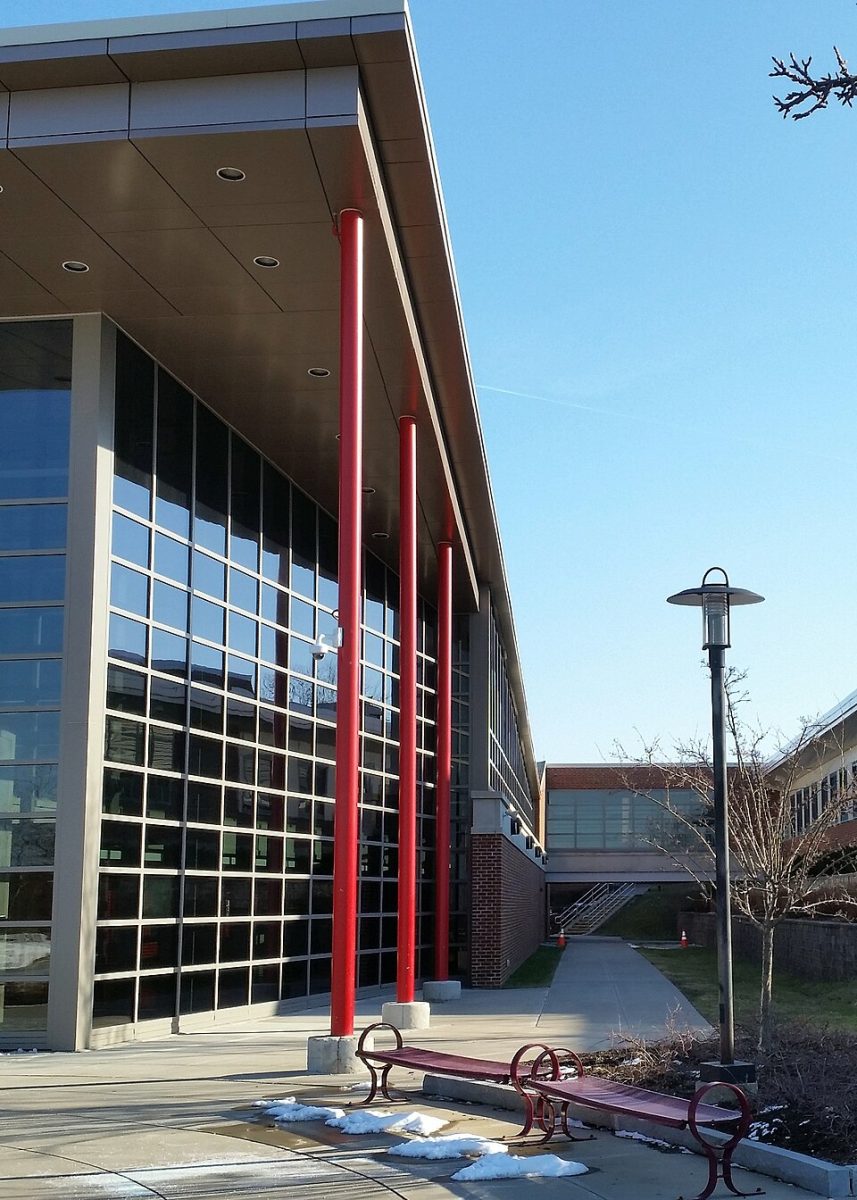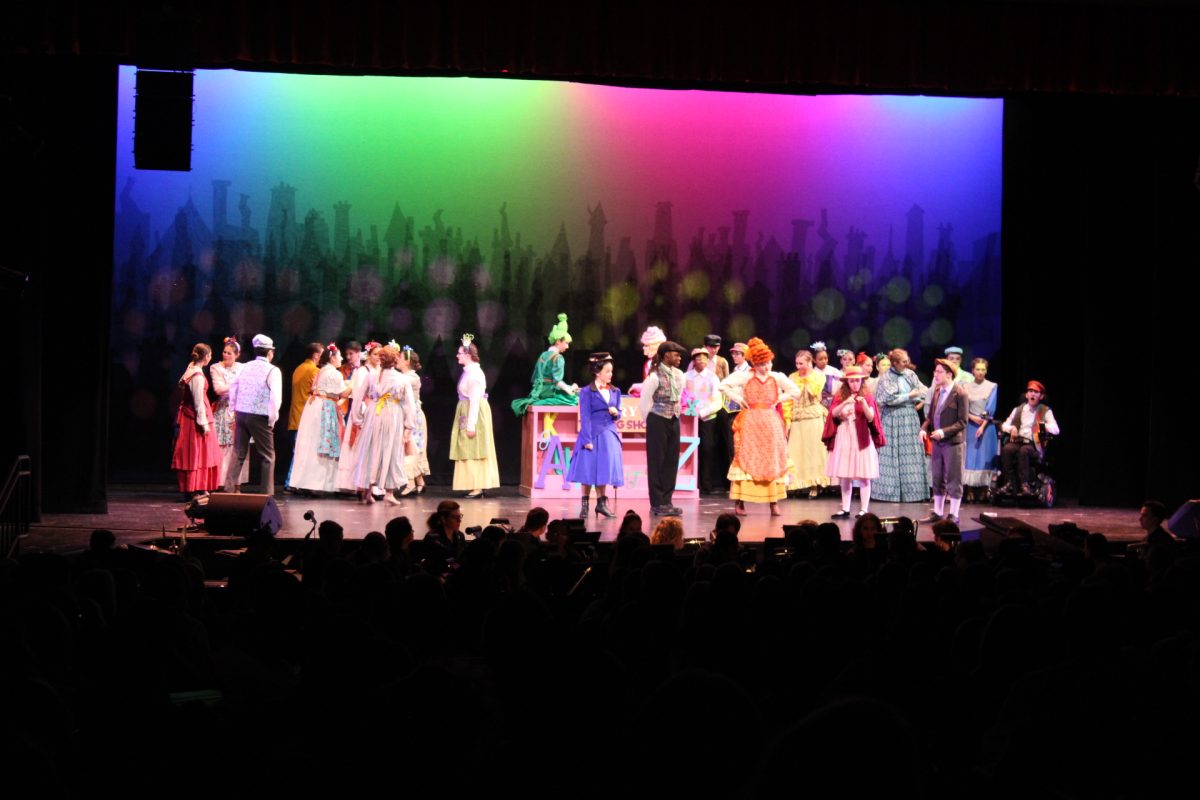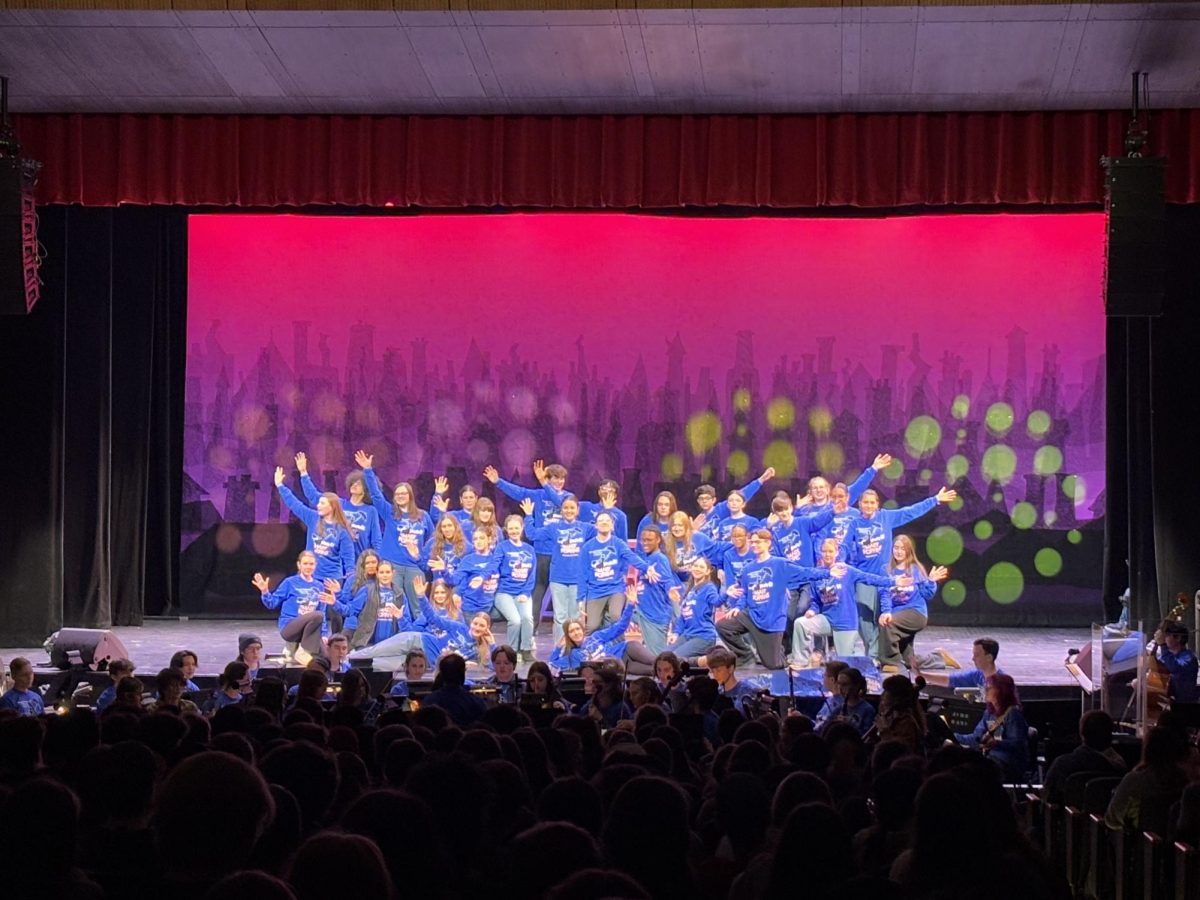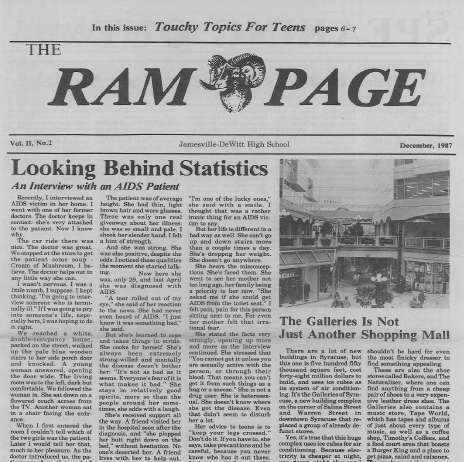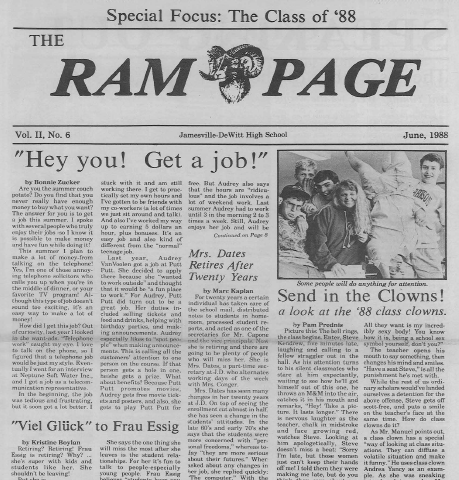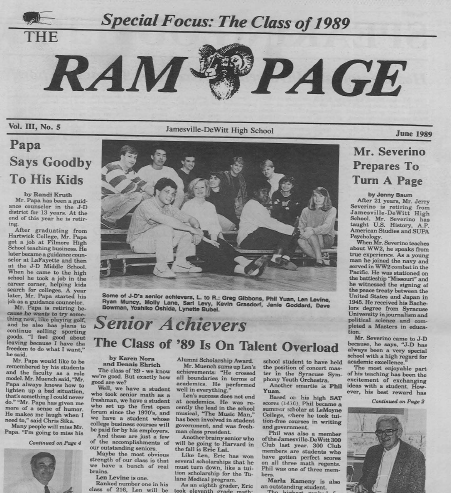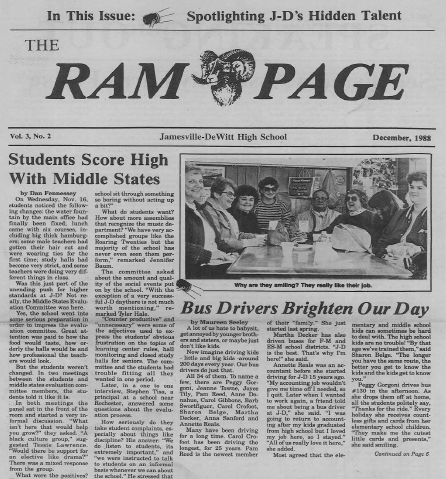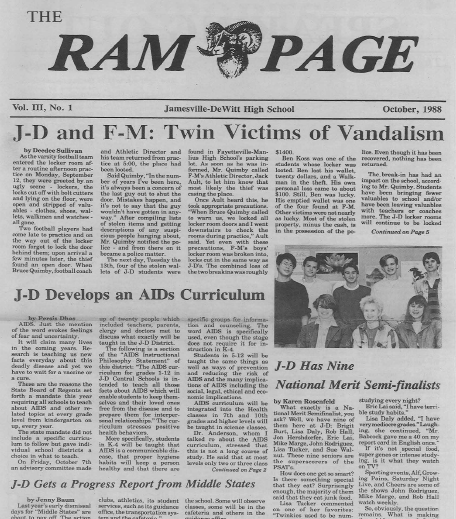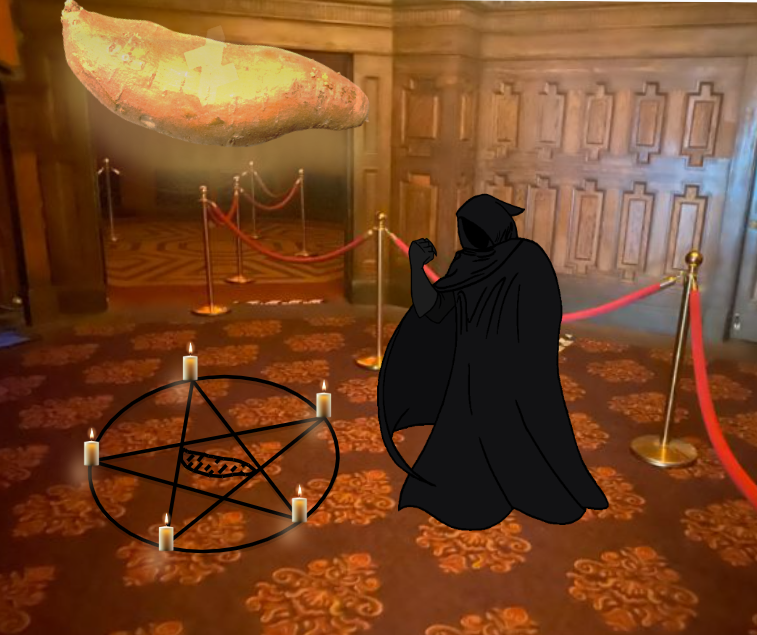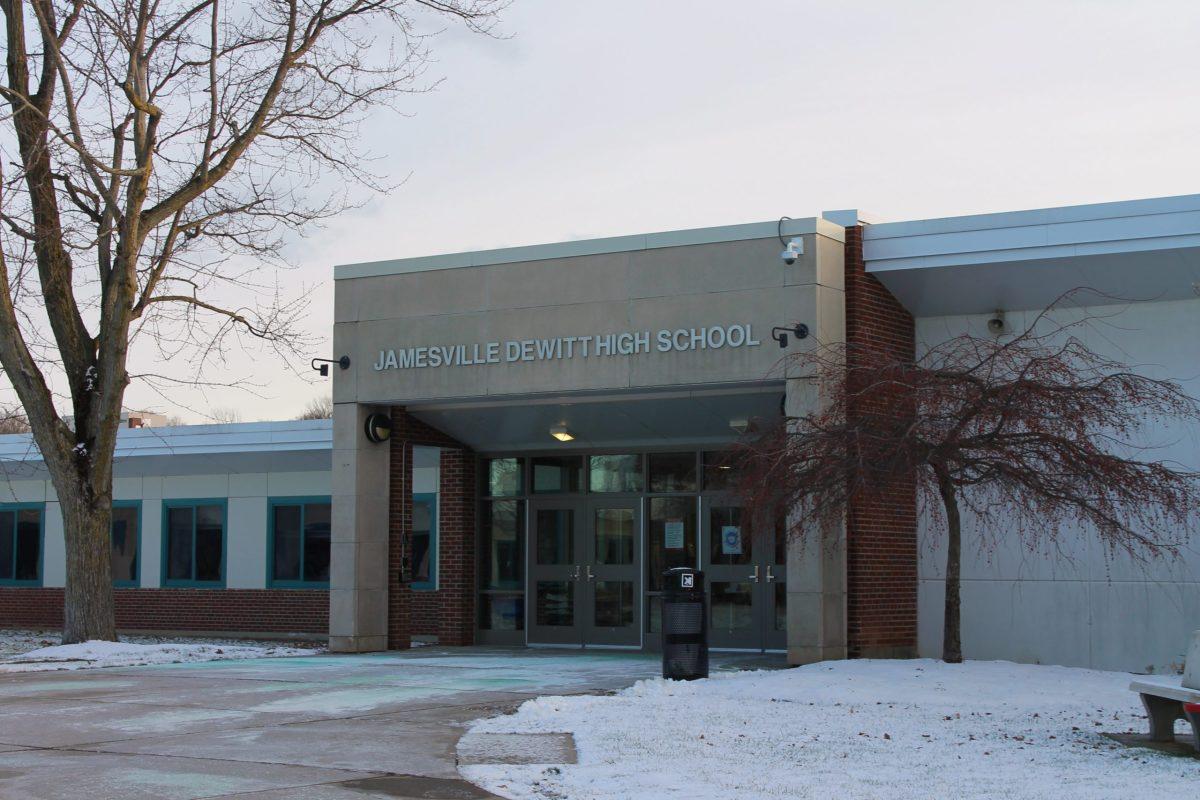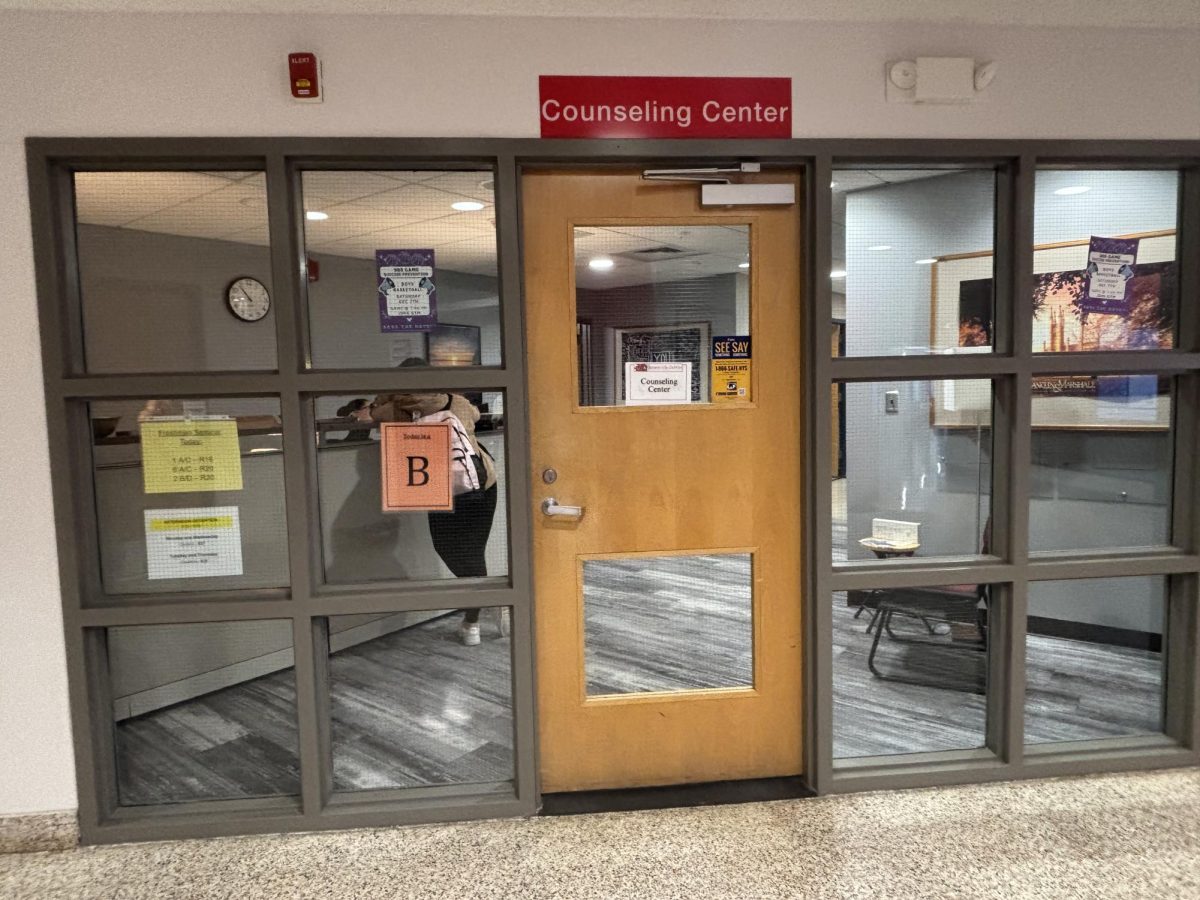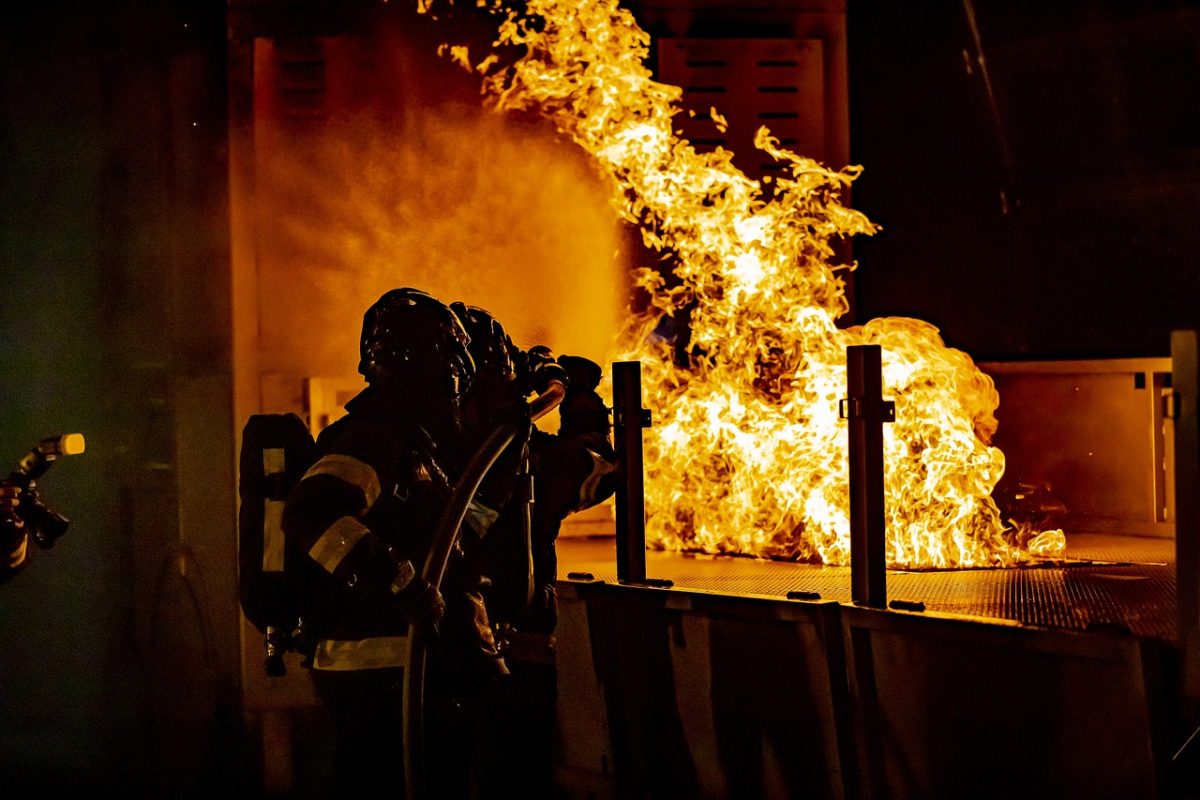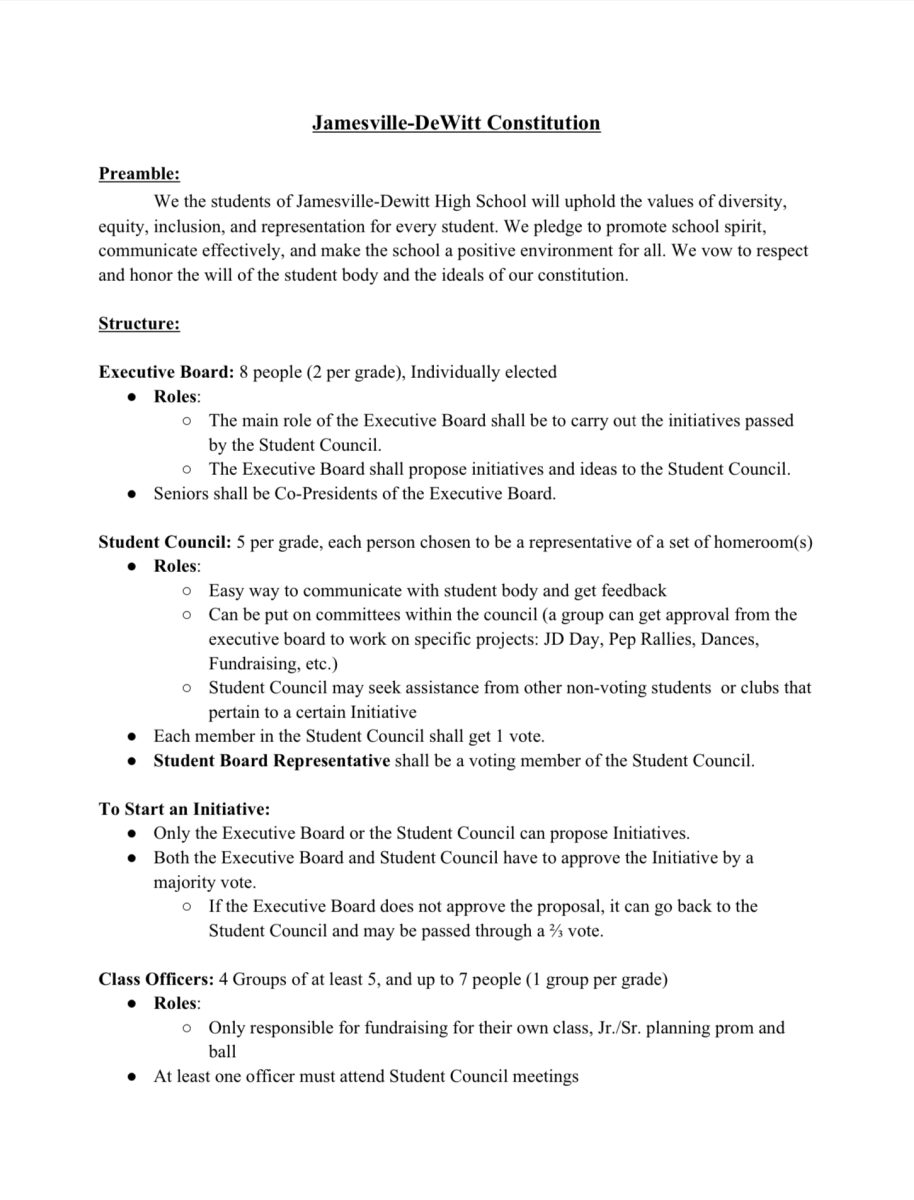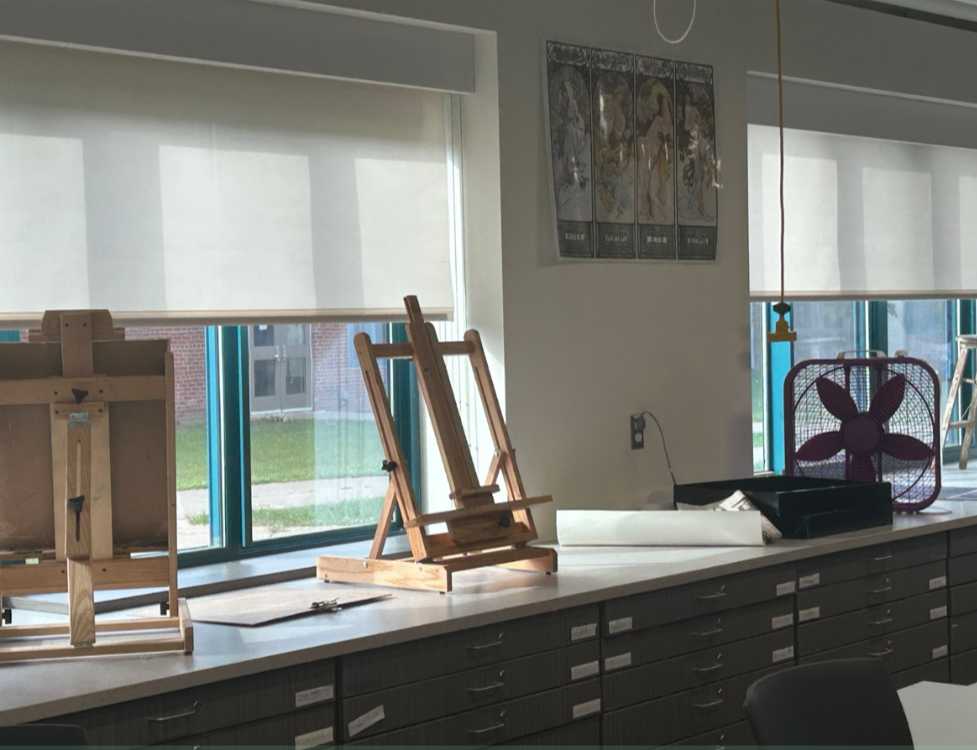Over the last few weeks, many rumors have been circulating throughout Jamesville-DeWitt High School regarding possible changes to the school week. These rumors include a possible switch to regular instructional days on Wednesdays and an increased number of days for current hybrid students to receive in-person instruction, all of which could result in double the amount of students in the physical classroom at any given time. Recently, Superintendent Peter Smith has announced the district’s plans for the upcoming months, affirming some of these rumors while invalidating others. The elementary schools will switch to five-day instruction for all grades (kindergarten and first grade have been doing this all year), while the middle school and high school will be increasing in-person instruction to four days a week, keeping Wednesdays for remote instruction. However, students and teachers remain the real stakeholders in these issues and have shared their thoughts on the changes.
For students and staff alike at J-DHS, the need for Wednesdays as a non-instructional day is nearly unanimous. For students, Wednesdays are a day for catching up on homework, meeting with teachers via Zoom, participating in club meetings, and just getting a breather from the stress of the school week.
“I do as much as I can over the weekend – which no longer feels like the little break it is supposed to be anymore – but I just get more work to complete on Mondays and Tuesdays. That leaves Wednesdays for me to finish up the work I haven’t done yet to prepare for Thursdays and Fridays,” said freshman Kanami LaClair.
Meanwhile, for teachers (who are balancing both in-person and remote teaching throughout the week), Wednesdays have become important days for planning and connecting with all-remote students. On Wednesdays, department meetings are held and office hours provide a dedicated time for teachers to connect with their students. Teachers also plan for the rest of the week on Wednesdays, whether that be creating materials, finding new resources, or recording lessons for remote students.
“Removing the life-preserver of Wednesdays as a work day while continuing hybrid instruction strips away the lone support teachers were provided for the unprecedented challenge of hybrid instruction,” said English teacher Mr. Goldberg.
Overall, the almost daily process of teaching both in-person and remote students simultaneously has been draining for many teachers.
History teacher Ms. Oppedisano said, “The challenges of keeping remote students engaged while also attending to the needs of students inside of the classroom are overwhelming and, quite frankly, exhausting.”
Technology has also been a major challenge, but also an indispensable part of teachers’ teaching methods this year. They found themselves having to learn how to use many different technologies over the summer and at the beginning of the school year, and have also been trying out new approaches throughout the year. But technology-reliant lessons can fail in the blink of an eye.
Science teacher Mrs. Raicht said, “I keep my fingers crossed every morning that everything works.”
Remaining safe during the school day is another important issue. It is agreed by both students and teachers that everyone in the building has been very responsible and respectful when it comes to following the outlined safety precautions (such as wearing masks, sanitizing surfaces, and social distancing).
“Generally, I think students have done a great job following safety precautions. When asked to readjust masks or distance from one another, students are compliant and generally respond positively,” said physical education teacher Mrs. Rowles.
However, ventilation is also a concern. Teachers leave their doors open and some leave their windows open (the amount of which has decreased throughout the colder winter months). Also, teachers have been told that the ventilation system has been updated and that better air filters have been installed. English teacher Ms. Romeiser has been doing all she can in regards to ventilation. However, she is worried about how crowded her classroom will become with more in-person students in class per day.
Ms. Romeiser said, “I’m not sure that [good ventilation] is enough to deal with a full classroom of students with consideration of best practices.”
In addition, students have concerns about safety during lunch periods if the number of students in the cafeterias increase and the distance between desks decreases, since during those times students have their masks off.
Junior Sarah Kornfeld said, “I do, however, worry about lunch tremendously. I would feel very uncomfortable being even closer than we are now during lunch because there are no masks.” She would hope the school would offer an alternative, such as eating in a teacher’s classroom or outside instead.
LaClair was also in agreement, saying, “Lunch feels kind of iffy right now. I have big lunches and the desks are 100% not six feet apart… There is no way I’d feel comfortable with double the number of students if there are no changes with lunch.”
Furthermore, during unstructured times, there is decreased social distancing as students socialize with their friends, and the school cannot control what happens after the school day is over. And while a good number of J-DHS teachers have been vaccinated against COVID-19, that doesn’t completely dismiss their concerns of being an asymptomatic carrier of the virus. However, many studies show there is very little spread of COVID-19 within schools.
This year has been challenging for everyone. Ms. Romeiser said, “We’ve been in survival mode, and I want to move toward thrive mode, and I do believe we will get there with better days ahead, but there are more challenges to face in the coming weeks.”
But despite these difficulties, students and teachers are trying to remain positive for the future.
Ms. Oppedisano said, “I am optimistic that students and teachers will be back in school soon and that we will be more empathetic, more celebratory, and more grateful for the gift of public education and togetherness.”



